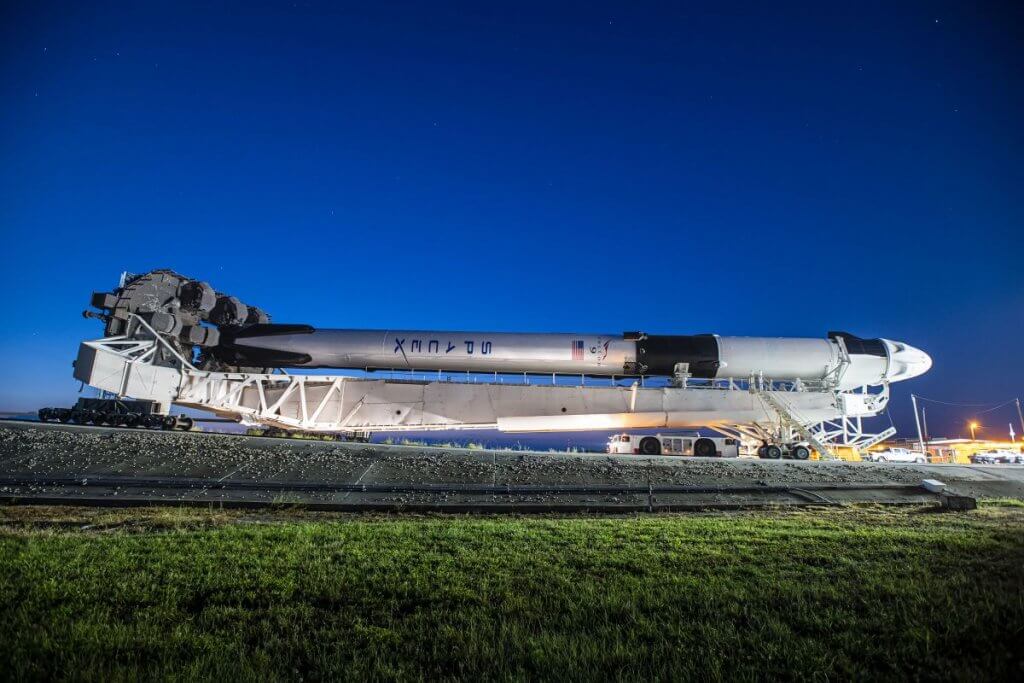The hardware for SpaceX’s next private astronaut mission has made it to the launch pad.
On Thursday (May 18), SpaceX rolled the Falcon 9 rocket and Dragon capsule that will fly the Ax-2 mission out to Pad 39A at NASA’s Kennedy Space Center in Florida.
Ax-2, which will send four people to the International Space Station (ISS) for an eight-day stay, is scheduled to launch on Sunday afternoon (May 21). The mission will be operated by Houston-based company Axiom Space.
Related: SpaceX to launch 1st Saudi woman to space on private Ax-2 mission
Ax-2 will be commanded by former NASA astronaut and current Axiom employee Peggy Whitson, who has spent more time in space (665 days) than any other woman and any other American.
The other three Ax-2 crewmembers are investor and paying customer John Shoffner, and Ali Alqarni and Rayyanah Barnawi, who are part of Saudi Arabia’s first astronaut class.
Alqarni and Barnawi will become the first Saudis ever to visit the ISS, and Barnawi will be the first woman from the kingdom to reach space.
As its name suggests, Ax-2 will be the second mission that Axiom flies to the ISS with SpaceX. The first, Ax-1, took four people to the orbiting lab for more than two weeks in April 2022.
Axiom intends to keep flying such missions over the next few years, but it has even bigger plans in mind as well. The company intends to build and operate its own private space station in low Earth orbit, the first piece of which is slated to launch to the ISS in 2025.
Axiom will send several other modules to connect with that first one. The complex will then detach from the ISS and become a free flyer in low Earth orbit before the station’s 2030 retirement, if all goes according to plan.

